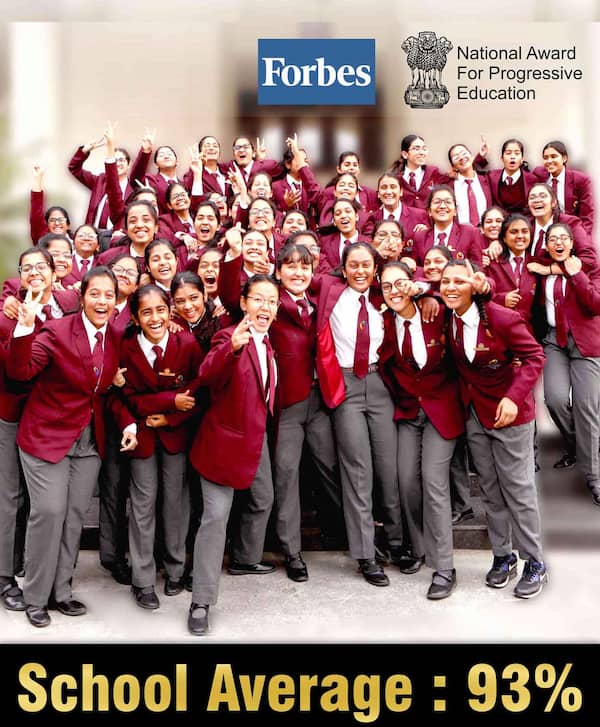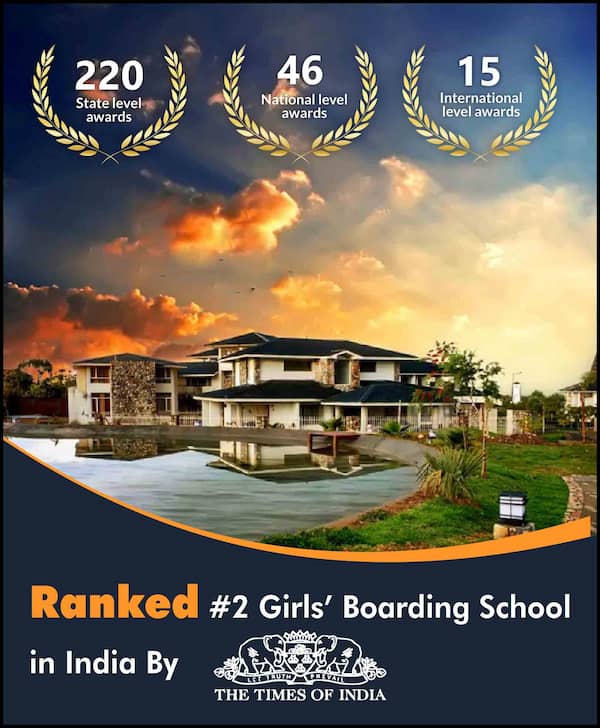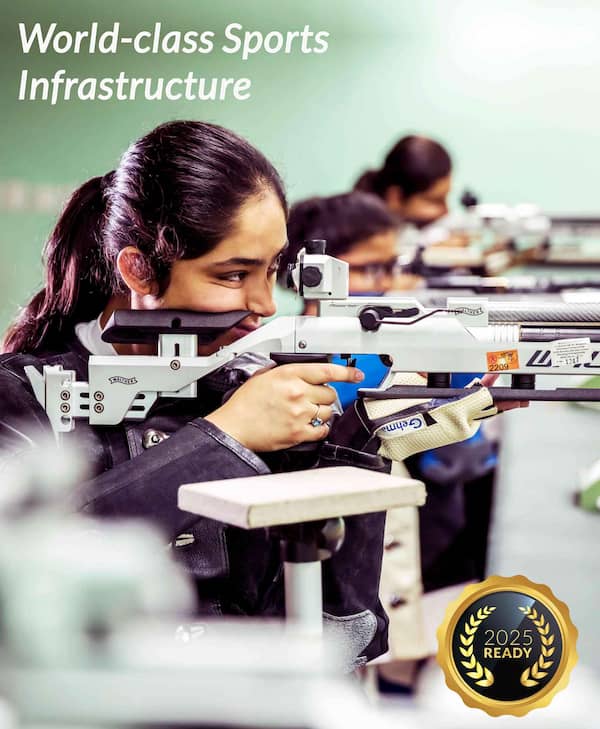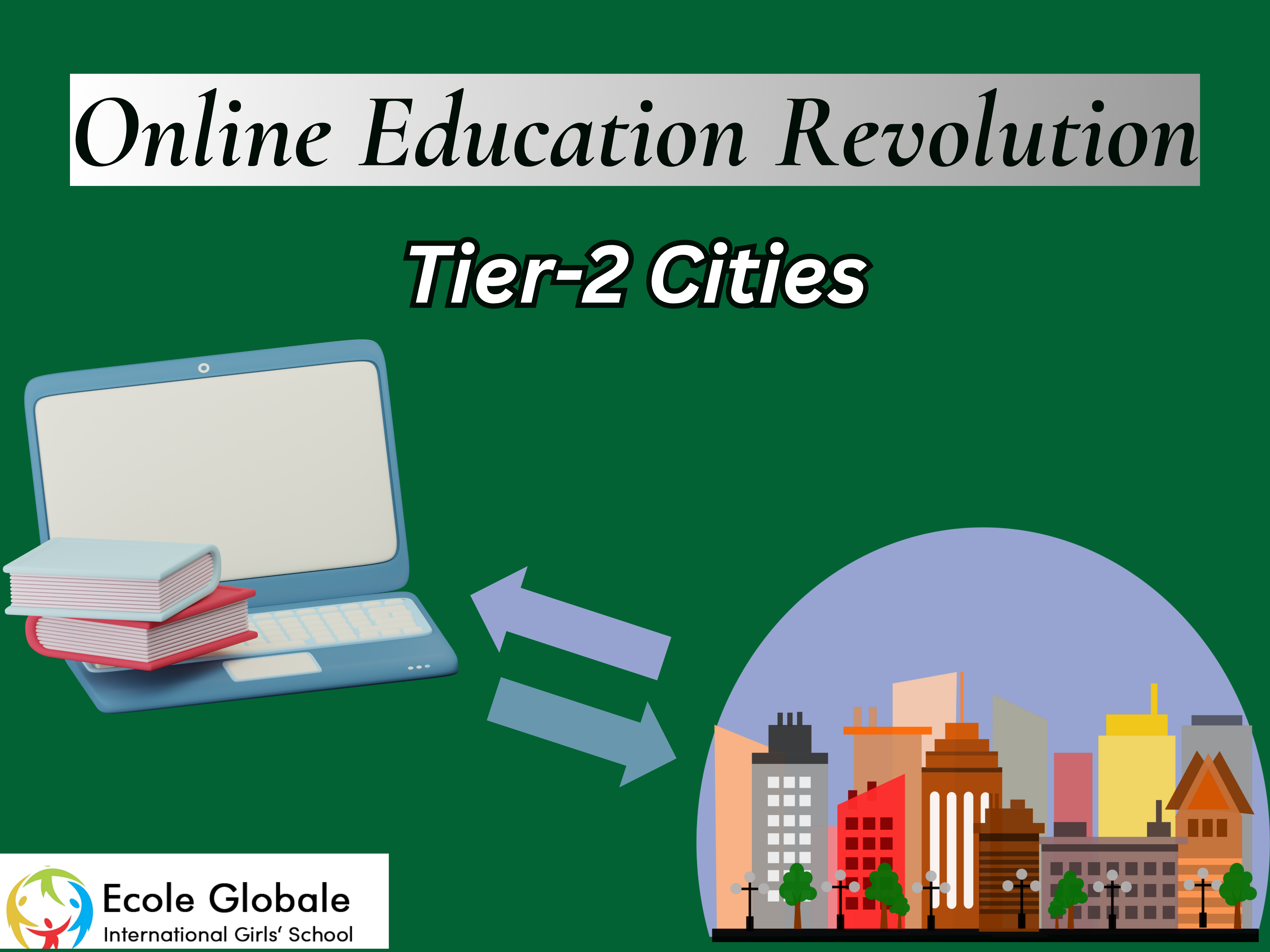Imagine a bustling city like Jaipur, or a serene town like Patna, becoming the new heartland of online education in India. It might seem surprising, but according to recent studies, these tier-2 cities are not just participating—they are leading the online education boom.
With a significant number of top online content creators hailing from these smaller cities, the digital education landscape in India is undergoing a fascinating transformation.
The Rise of Online Education in Tier-2 Cities

Once upon a time, major educational advancements were largely confined to metropolitan areas like Delhi and Mumbai. However, the rapid growth of online education is reshaping this narrative. Tier-2 cities, which include places like Lucknow, Bhopal, and Jaipur, are now emerging as key players in the online education sector.
This shift is largely driven by a combination of improved internet access, a rising demand for quality education, and an entrepreneurial spirit among the youth in these cities. Imagine being a student in a small town with dreams of learning from the best but finding yourself limited by local resources. Online education has changed that story, bringing high-quality learning experiences right to their fingertips.
What’s Behind the Surge?

Several factors are fueling this surge of online education content creators from tier-2 cities:
-
Better Internet Connectivity:
The availability of affordable, high-speed internet has made it possible for people in smaller cities to connect with the world. It’s like opening a window to the global classroom right from your living room. This connectivity is crucial for accessing and creating digital content, making it easier for talented individuals in these cities to share their expertise with a broader audience.
-
Growing Demand for Quality Education:
Students and parents in tier-2 cities are no longer content with basic local education options. They’re looking for high-quality resources that match what’s available in big cities. The rise in aspirations is driving the demand for better educational tools and content, which online platforms are readily providing.
-
An Entrepreneurial Spirit:
There’s a new wave of entrepreneurship sweeping through these cities. Young people are harnessing their skills and creativity, using online platforms to reach audiences far beyond their local communities. Whether it’s a math tutor from Bhopal or a science teacher from Patna, these creators are making waves with their innovative approaches to education.
-
The Pandemic Effect:
The COVID-19 pandemic accelerated the adoption of online learning. With schools closed and traditional learning disrupted, many turned to online platforms as a temporary solution, which has since evolved into a long-term shift. This change has opened up new opportunities for content creators from tier-2 cities to get involved in the online education scene.
How This Is Changing Education
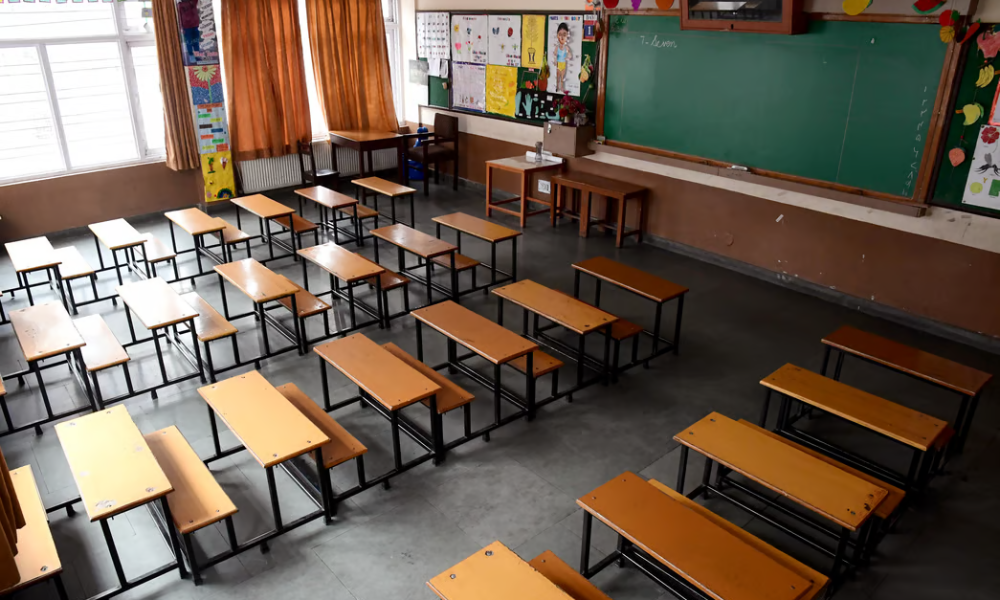
The influx of content creators from tier-2 cities is more than just a trend—it’s reshaping the education landscape in India. Here’s how:
Democratizing Education:
Online education is breaking down barriers, making high-quality resources accessible to students everywhere. This is particularly important for those in remote areas who previously had limited educational opportunities. Imagine a student in a small town being able to access the same resources as a student in a big city—that’s the power of online learning.
Bridging the Urban-Rural Divide:
By bringing educational content from diverse regions, online platforms are helping to bridge the gap between urban and rural education. Students in smaller cities now have access to a wider range of subjects and learning materials, helping to level the playing field.
Diversifying Talent:
The rise of content creators from tier-2 cities is adding a rich diversity of perspectives and expertise to the online education ecosystem. This diversity enriches the learning experience, offering students a broader range of teaching styles and insights.
Creating New Opportunities:
The success of content creators from smaller cities is inspiring others to explore similar opportunities. This entrepreneurial spirit is contributing to a more vibrant and innovative education sector, where talent can shine regardless of geographical location.
Challenges and Looking Ahead

Despite the exciting developments, there are challenges to address:
Infrastructure Limitations:
While internet access has improved, ensuring consistent and reliable connectivity remains a challenge. Addressing this issue is crucial for fully harnessing the potential of online education in smaller cities.
Maintaining Quality:
With the rapid growth of online content, there’s a need to establish quality standards to ensure that students receive effective and accurate instruction. This means setting up robust mechanisms for quality assurance and content review.
Skill Development:
Content creators from tier-2 cities may need support in developing their skills in pedagogy, content creation, and digital marketing. Providing training and resources can help them enhance their offerings and reach more students.
Regulatory Considerations:
As online education continues to grow, it’s important to have a regulatory framework that balances innovation with consumer protection. This will ensure that all stakeholders, including students and content creators, are supported and protected.
Conclusion: A New Era of Education
The rise of online education in India’s tier-2 cities marks a new era in the country’s educational landscape. With improved internet access, a growing demand for quality education, and an entrepreneurial spirit among the youth, these cities are leading the charge in the digital education revolution. The success of content creators from smaller cities is not only transforming how education is delivered but also making high-quality learning accessible to students across India.
As we look to the future, addressing challenges and continuing to support innovation will be key to ensuring that the benefits of online education are realized by all. With ongoing efforts to improve infrastructure, maintain quality, and provide support, the online education boom in tier-2 cities promises to drive inclusive and equitable access to education, paving the way for a brighter future for students across the country.

